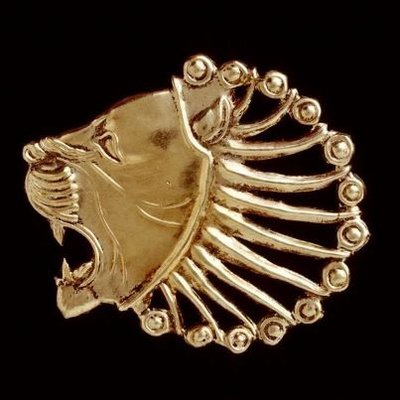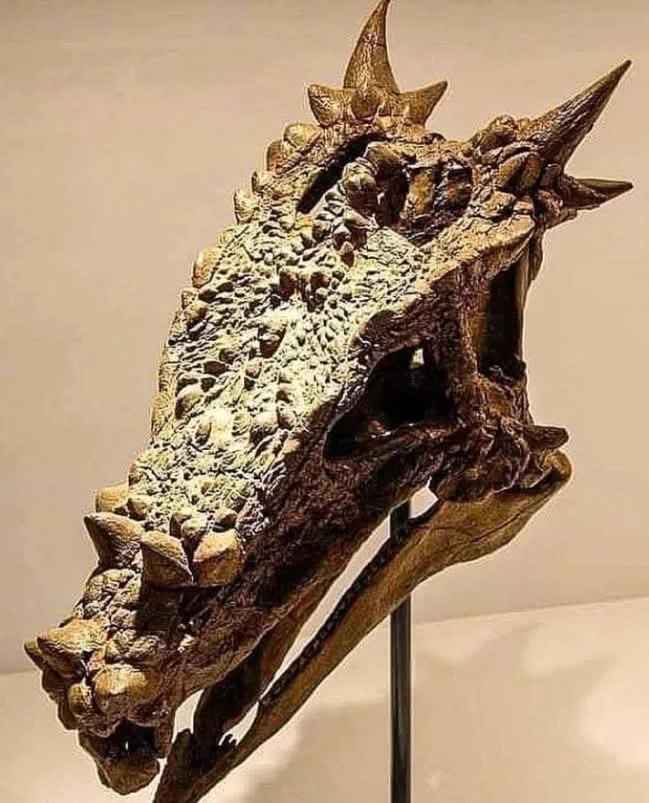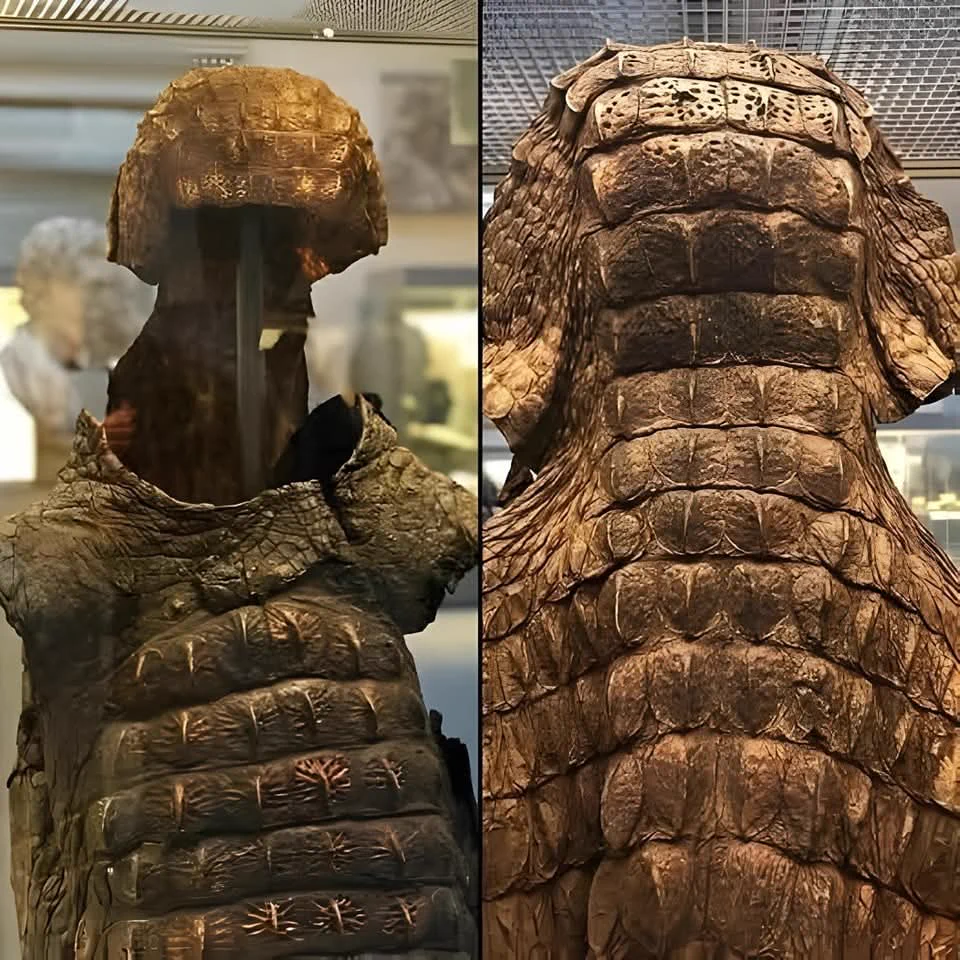
Dr. M.F. Khan
@Dr_TheHistories
Researcher and Author, with profound interest in ancient history. Holds the doctorate (PhD.) degree in History and specialisation in Archaeology. (24)
This fossilized skull may look like something out of a fantasy novel, but it’s a real prehistoric discovery. The skull belongs to *Dracorex hogwartsia*, an armored dinosaur from the Late Cretaceous period, specifically the Upper Maastrichtian stage. The name “Dracorex,” meaning “dragon king,” perfectly suits its dragon-like appearance, with spiky ridges, a rugged elongated skull, and bony protrusions. Its striking resemblance to mythical creatures serves as a fascinating reminder that some dinosaurs had features that mirrored legends long before humans ever imagined them.A reconstructed image of *Dracorex hogwartsia* gives us a glimpse into what this dinosaur may have looked like in life. As a member of the pachycephalosaur family, it had a distinctive skull adorned with spiky armor, setting it apart from many of its relatives. The combination of its dinosaurian traits with the fearsome look of a dragon sparks curiosity and wonder, making this species a favorite among both scientists and dinosaur enthusiasts.Discovered in the late 2000s, the skull has contributed valuable insights into the diversity of Late Cretaceous species. It has helped paleontologists better understand the evolutionary adaptations of dinosaurs before the mass extinction event. This find adds another piece to the puzzle of prehistoric life, showcasing the incredible variety of creatures that once roamed the Earth.#drthehistories#

The ancient crocodile skin armor from Roman Egypt is a truly unique artifact that captures the fusion of Roman military tradition and Egyptian symbolism. Dating back to 3rd Century AD, during the Severan dynasty this ceremonial armor highlights not only the ingenuity of its craftsmanship but also the significance of the crocodile as a powerful symbol in Egyptian culture.The use of crocodile skin, a tough, exotic material—suggests that this armor was likely reserved for ceremonial purposes rather than battle. Crocodiles were deeply associated with Sobek, the Egyptian god of strength, fertility, and the Nile River. By incorporating crocodile skin into armor, the wearer would have projected an image of power, dominance, and divine protection, linking themselves to the natural and spiritual forces of the region.The intricacy of the armor’s construction demonstrates the high level of craftsmanship in Roman Egypt, where local traditions often merged with Roman tastes. The Severan dynasty was a period of cultural integration, and this armor reflects how Roman rulers embraced and reinterpreted the iconography and materials of the provinces they governed.Now housed at the British Museum, this remarkable artifact provides a rare glimpse into the ceremonial practices and visual language of Roman Egypt. It stands as a testament to the cultural and artistic blending that defined the Roman Empire’s provinces, where local traditions were incorporated into the empire’s grander narrative of power and control. The armor remains a striking reminder of how art and symbolism were used to convey authority and status in antiquity.#drthehistories#




















